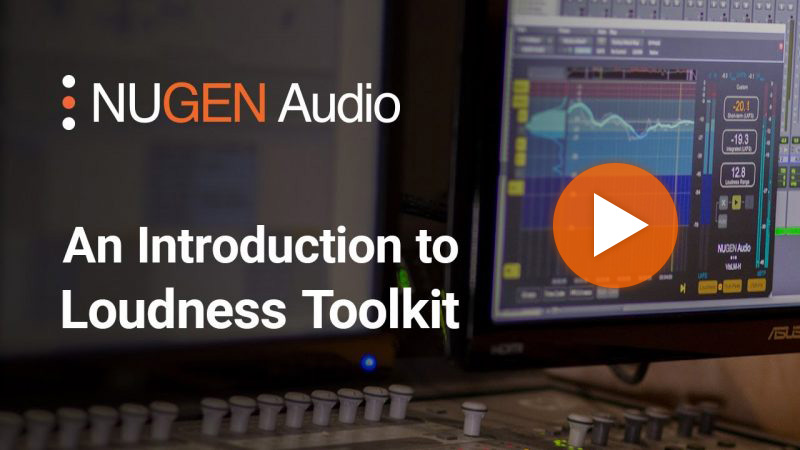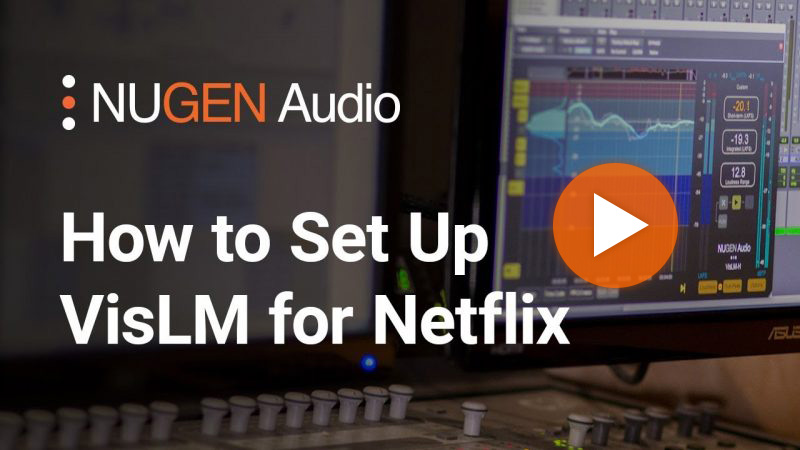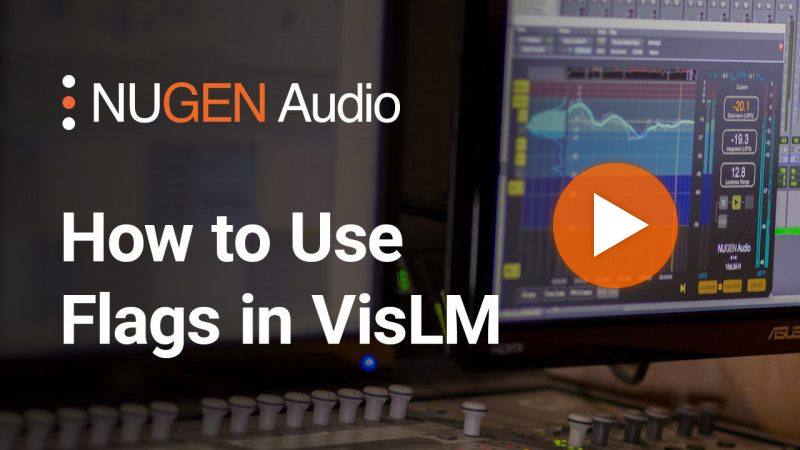1/3 off Loudness Toolkit
Get 1/3 off Loudness Toolkit from 15th December until 12th January. This discount applies to the full bundle, individual plug-ins and plug-in extensions.
Loudness Toolkit is the most powerful loudness solution for your DAW, and the leading solution for loudness compliant delivery. The bundle has been included in the audio tool category of Netflix’s Production Technology Alliance; any product that bears the alliance logo has been assessed to ensure that it meets with Netflix’s technical and workflow requirements.
What do our users say?
We asked some of our prominent users a few questions about how Loudness Toolkit fits into their workflow. Here's what Ben Sinclair, Dana James Presson, Ludovic Morin, Keith Alexander and Ruy Garcia had to say.
How do you approach loudness? Do you tend to keep loudness in mind from the very beginning of a project?
Ben: I keep loudness in mind from the beginning. I set my monitoring level depending on the target loudness, and refer to real-time metering as a reference, mostly relying on my ears. I will then check the loudness at the end, and adjust if necessary.
Dana: Loudness is extremely important in my workflow, from the initial outset of production preparation through to printing final deliverables. VisLM and ISL play a critical role.
Ludovic: For film mixing, I will always calibrate my speakers in a precise way, and also calibrate the meter I use on my dialog bus. This makes me mix within 1LU of the target. I like to have a loudness meter constantly updating the integrated loudness from the beginning of the film.
Keith: Loudness is a consideration for me from the get go. I am trying to manage the amount of work I will be doing in the final mix, as time and budget are always imperative.
Ruy: I mix in a calibrated room and mostly use my ears for a comfortable level, but I keep a meter with the appropriate specs in sight, to make sure I'm in the right ballpark.
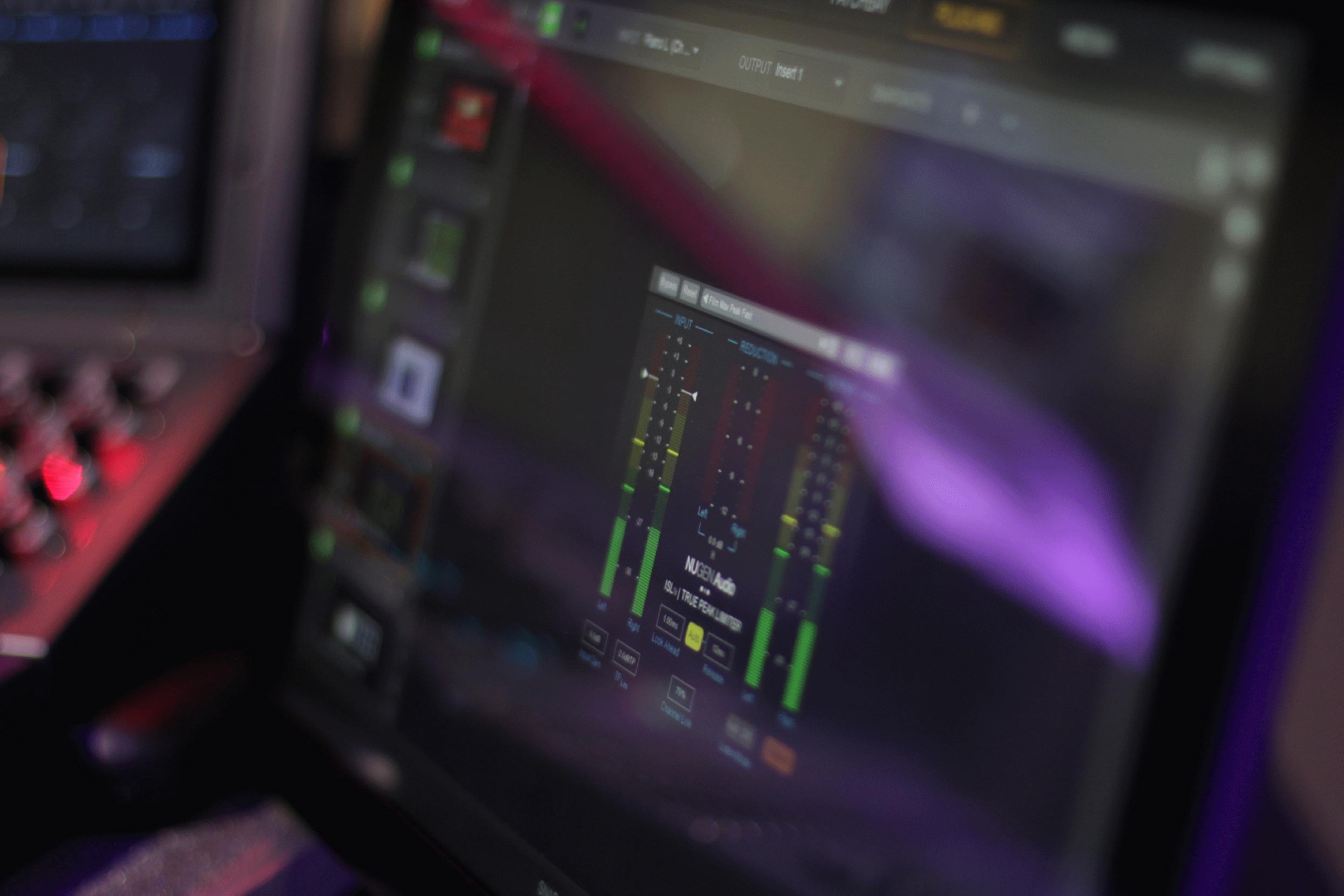
What difficulties do you encounter when trying to balance loudness standards with your own creative vision?
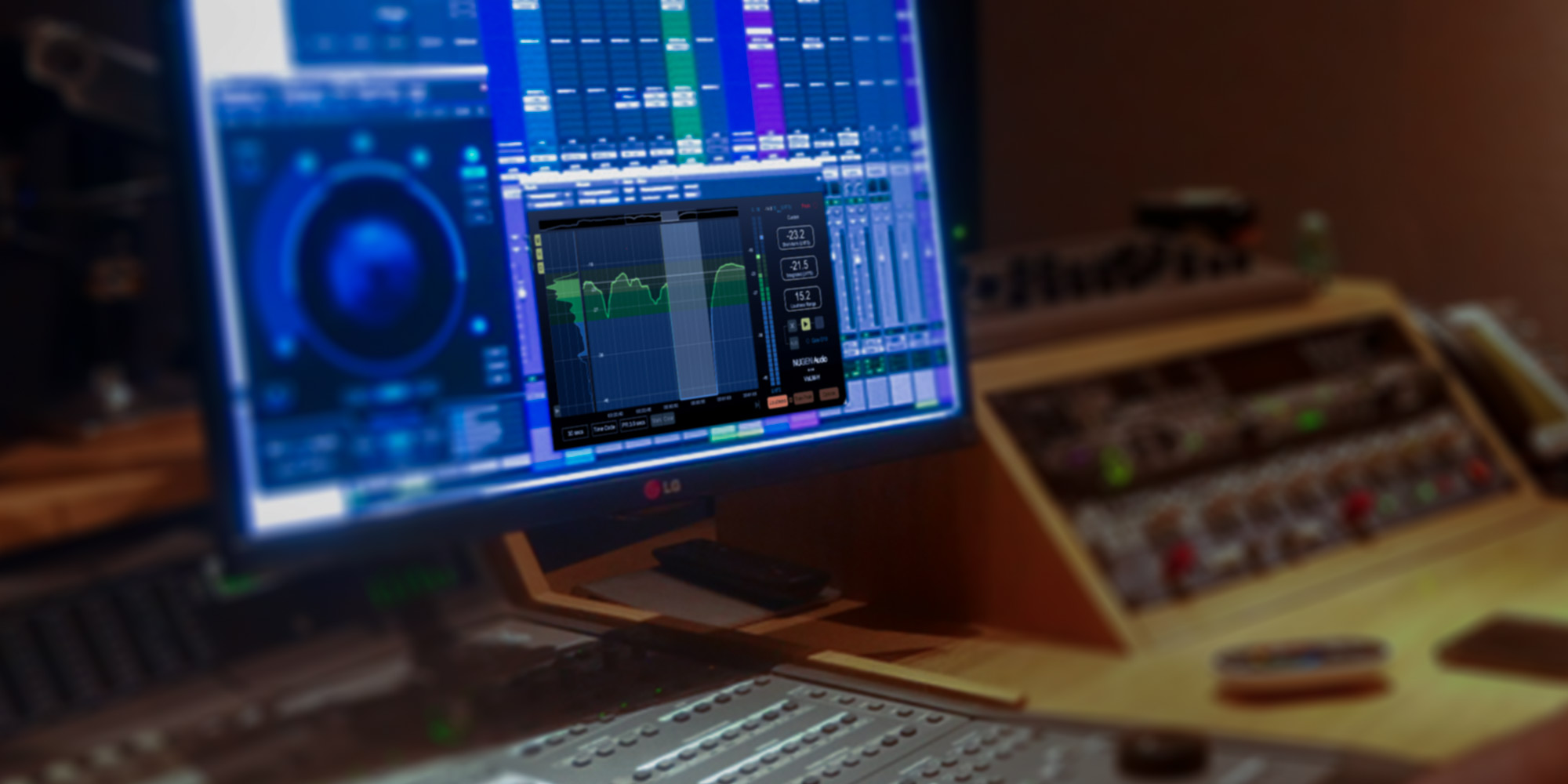
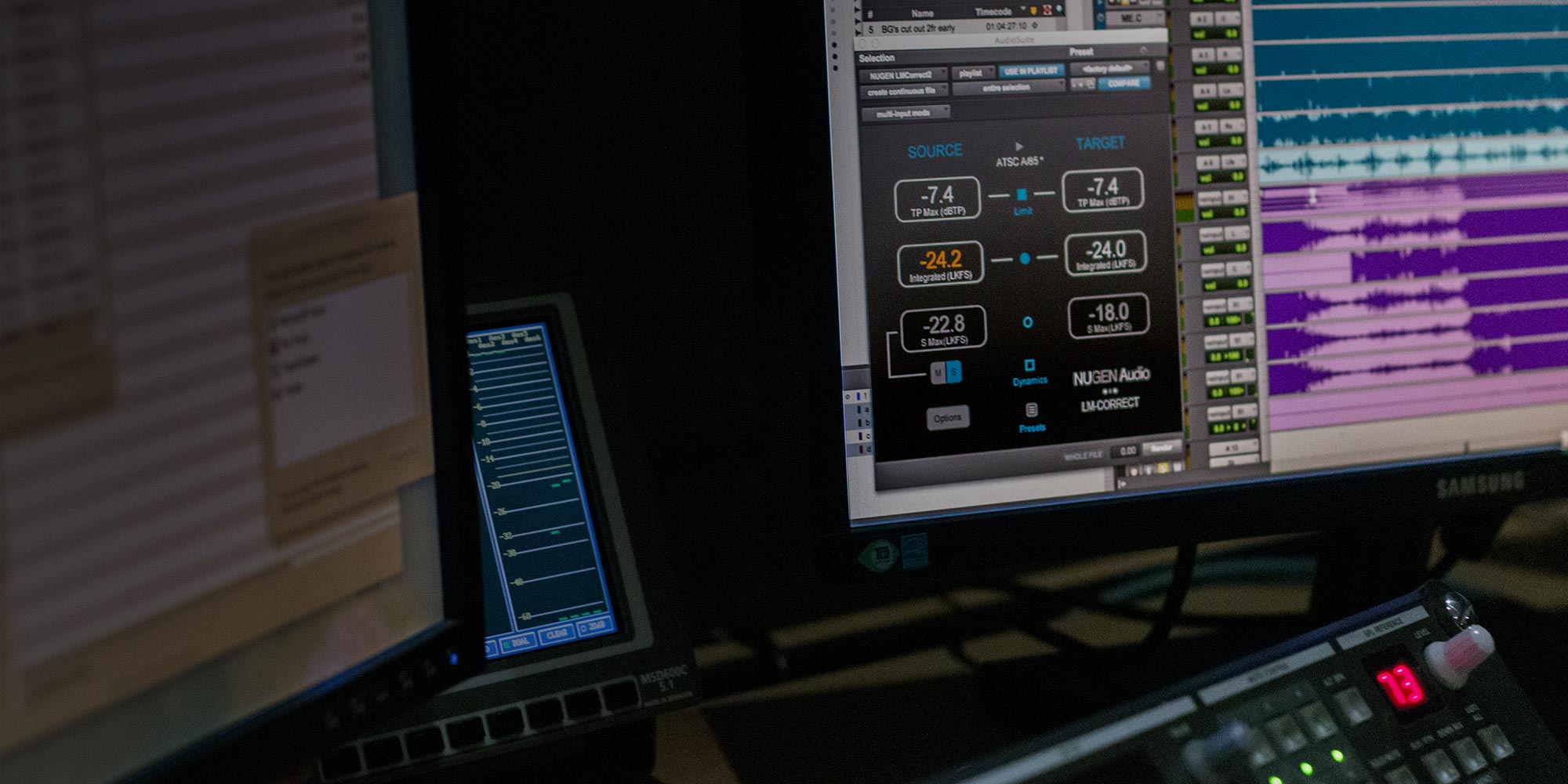
Keith: None. The standards are there for everyone's benefit, and there is huge scope to work within the standards, whether that is in film or broadcast media.
Ben: Meeting loudness range targets for TV/streaming content is always tricky. Dialog heavy programmes tend to sit within the guidelines relatively easily, but it can sometimes be difficult to balance the creative desire for dynamic range and impact, with the need to create content that is fully intelligible to the viewer, and doesn't require them to ride the volume control.
Dana: First, there is always a bi-directional flow of communication between the entire team. It sometimes takes some convincing to show that there are creative ways to utilize the dynamic range, in order to convey what's going on in a picture, rather than normalizing and brick wall limiting throughout. It is important to understand the importance of balance and an appropriate exploitation of dynamics to avoid frustrating the viewer. I prefer a well-anchored intelligible dialogue and well-seated underscore where dynamics are exploited appropriately. Metering with VisLM is a must!
Ludovic: Generally speaking the -23LUFS / -24LKFS paradigm works quite well for broadcast film, and I particularly appreciate the Netflix delivery specs, with the use of dialog gated loudness and LRA. Using a loudness measurement system with a timecoded plot of the integrated loudness and peaks really helps to deal with tricky scenes.
Has your loudness workflow changed in recent years?
Ruy: Yes, Atmos projects and phase null QC checks have forced me to change some creative processing.
Keith: When the loudness standards came in there was a massive shift in our workflows, and the technology. Now, I am completely dependent on my Loudness Toolkit. I use it every day on any type of project, be that broadcast, film, online media, or any other job that comes in. I work every project with the final mix and loudness standards in mind.
Dana: Frankly, before VisLM, metering digitally was not as accurate. NUGEN Audio's plug-ins are essential for every production. I have complete confidence in these plug-ins to help me with meeting spec demands and delivering results.
Ben: I've found myself increasingly focussed on dialog intelligibility, and producing content with a relatively controlled dialog gated loudness range, while letting the music and FX have a wider range. I tend to focus less on the integrated loudness and range values, and more on the dialogue gated values. This means that, once the dialogue is sitting right, everything else can be mixed far more organically. It's not a big shift in approach, but I do feel like it allows me more creative freedom.
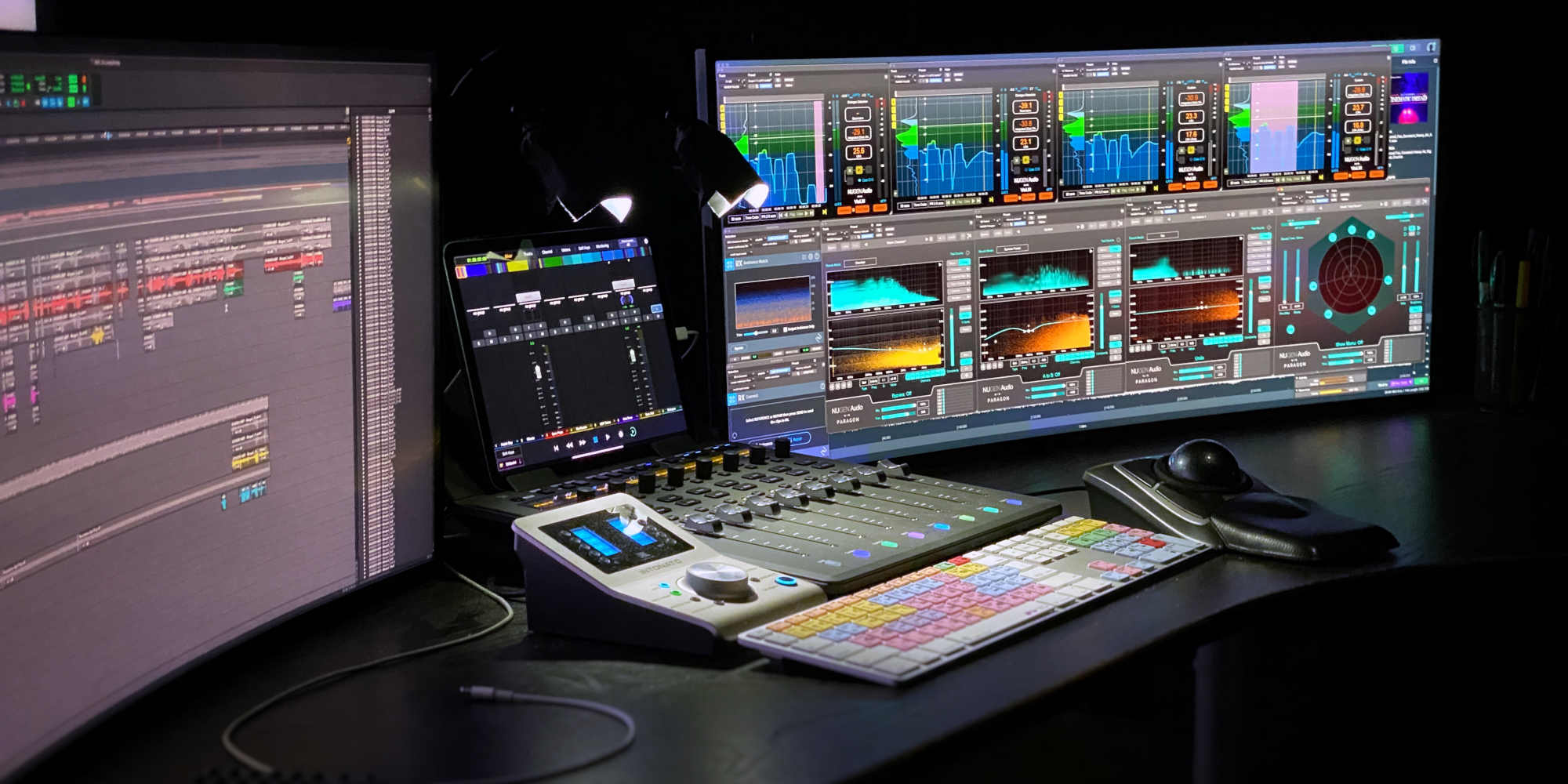
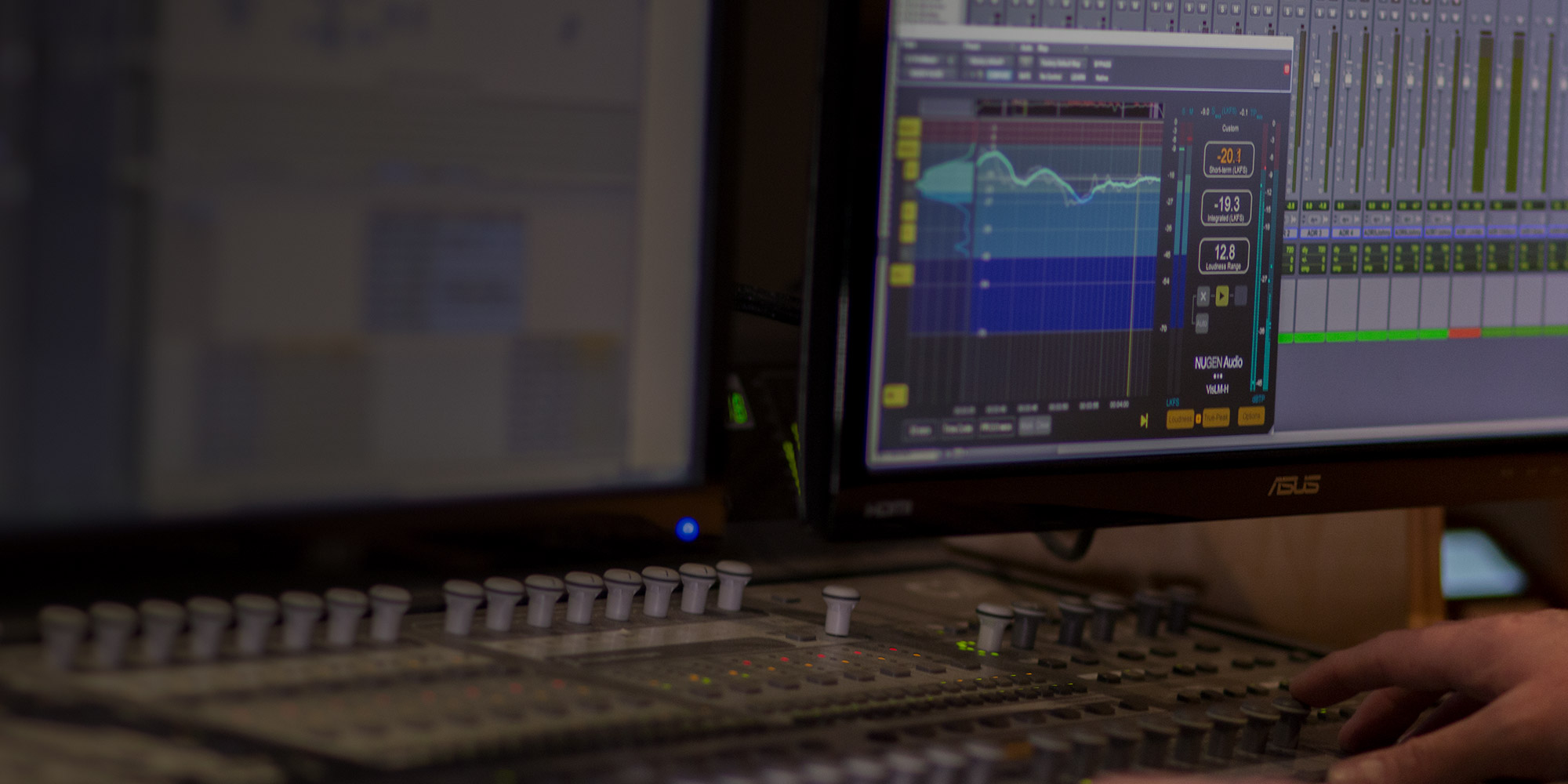
For more information about Loudness Toolkit, check out our YouTube channel for tutorials.
Share this
